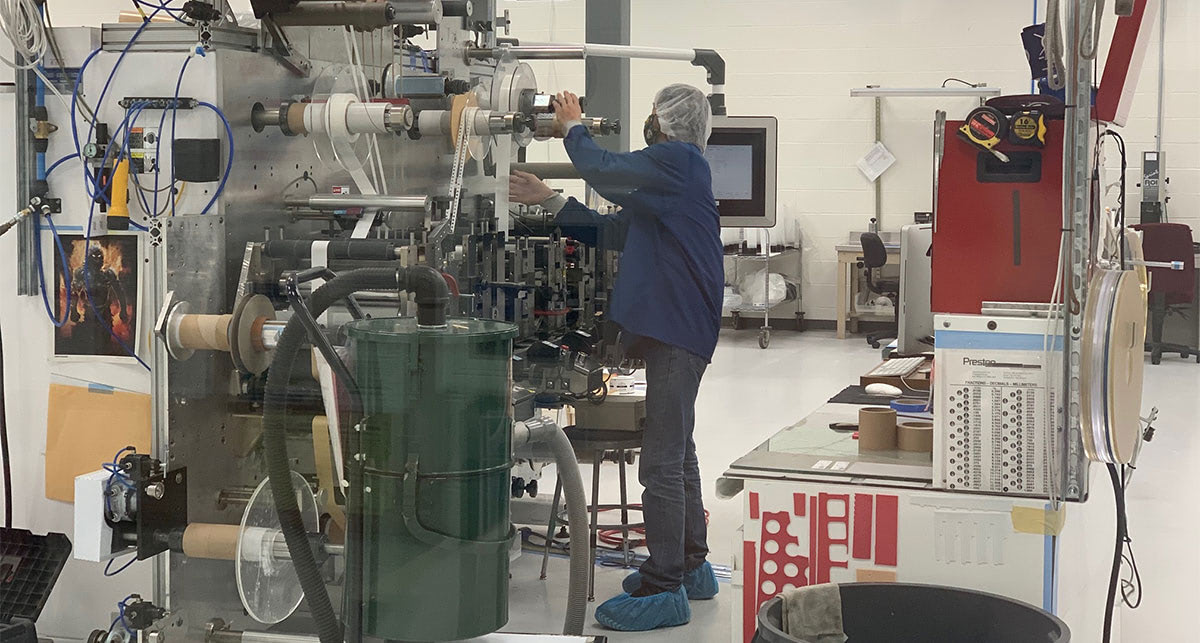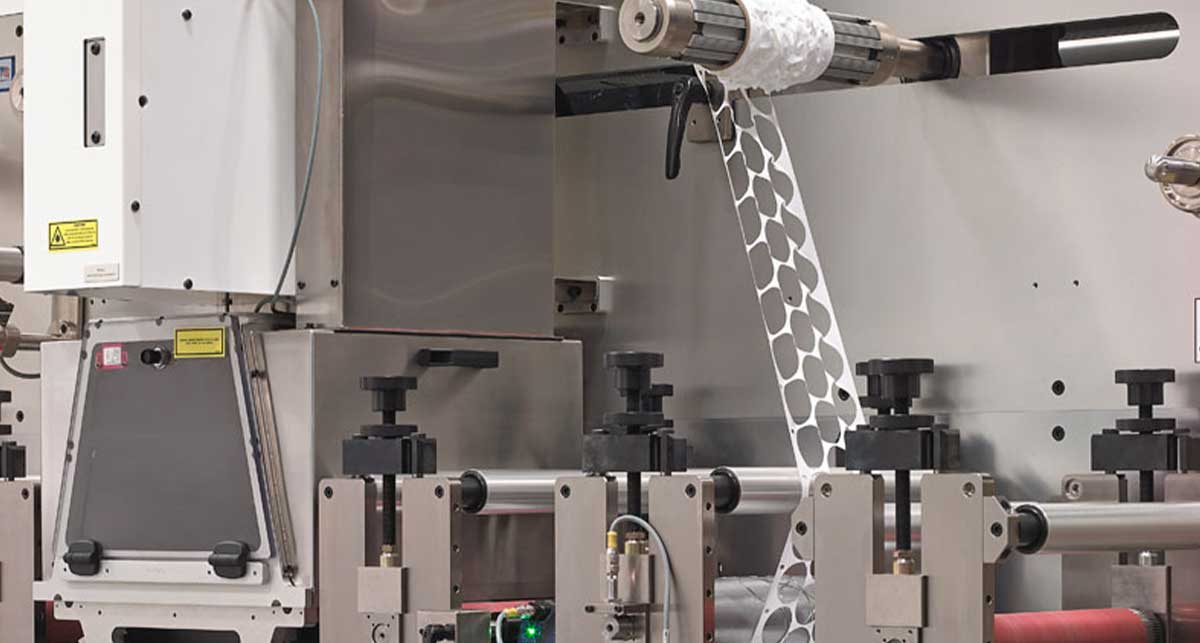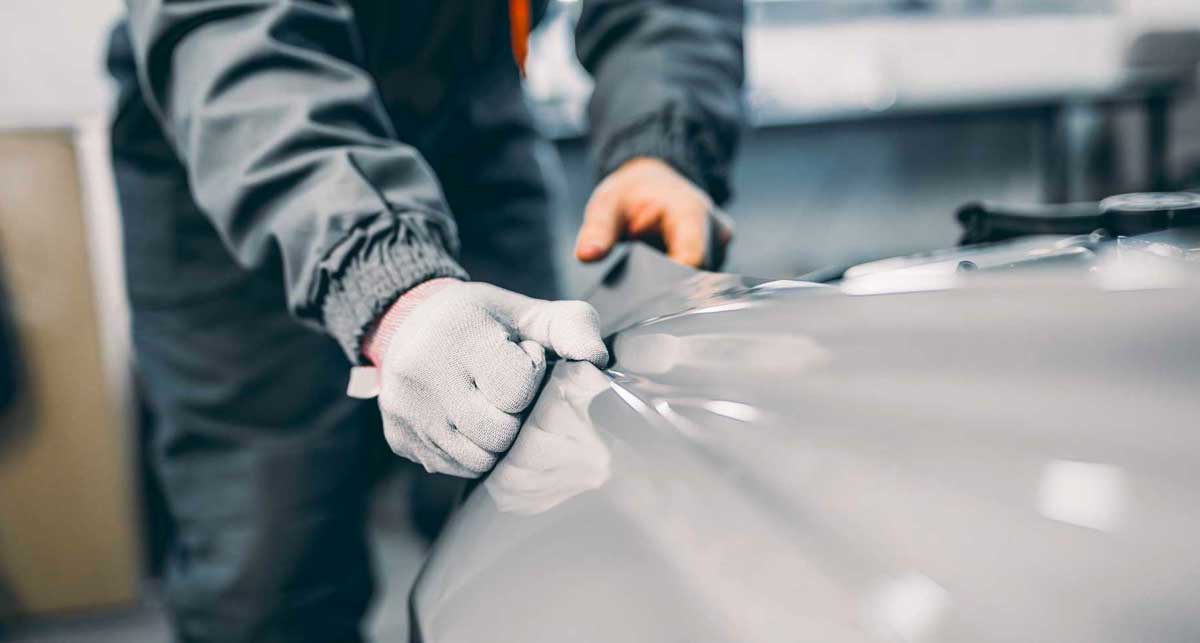1. LASER CUTTING
Laser cutting is a common method of fabricating complex microfluidic designs from flexible materials. These include films, meshes, and tapes with hydrophilic or hydrophobic properties, depending on the desired goal, as well as wicking materials. Many of these parts also use acrylic, PET, or PETG.
In laser prototyping, a manufacturer typically uses a flat-bed laser to cut out the part design while hand-laminating any necessary layers. Lasers can cut highly precise features such as fluid channels and PCR reaction chambers.
Due to the size of the features, which can rule out hard tooling, microfluidic parts may use laser cutting for both prototyping and full-scale production, where larger quantities are laser cut on a machine press.
2. SOFT LITHOGRAPHY
Soft lithography is a method of molding and embossing 3D structures used in many microfluidic devices. It begins with the construction of silicone molds or stamps containing tiny structures like microfluidic sensors and channels. Next, biocompatible elastomers like PDMS are used to create a three-dimensional impression of the device’s pattern. These copies can then be used for rapid analysis.
The main advantages of soft lithography are that it can achieve nanometer to micrometer precision (often features less than 25 μm) and create three-dimensional or curved structures.
3. THERMOPLASTIC INJECTION MOLDING
Some manufacturers build microfluidic prototypes by injecting thermoplastic into a mold, which can offer higher durability than PDMS. This method can be used in conjunction with techniques like embossing or 3D printing to create the most accurate representation of a part design.
Although thermoplastic injection molding may increase the manufacturing efficiency, it might limit the size of the features. In addition, because thermoplastics are hydrophobic, they may require precautions against unwanted interactions between reagents and channel surfaces to retain the sample mobility and prevent surface absorption.
Strouse does not perform soft lithography or molding, and our experience lies in building complex laser-cut parts; however, we recognize that, in some instances, these options could be the better choice for your application.
The Benefits of Rapid Prototyping in Microfluidics Design
Discussing your material and design tolerances on paper is one thing, but witnessing how they perform in their intended role will give you the clarity to make the necessary adjustments.
i. DESIGN IMPROVEMENTS
Overcomplicated designs can lead to more challenging, and therefore more expensive, production processes. Rapid prototyping allows you to test simplified design versions to avoid exorbitant manufacturing costs.
Common ways to simplify microfluidic parts include:
-
Combining Layers
Fewer layers will lead to a more straightforward manufacturing process requiring fewer laminations.
-
Testing Functional Tolerances
Tolerances define the amount of variability a specification or measurement can have. Your functional tolerances should demonstrate the range of acceptable measurements your part requires in order to function as intended.
Rapid prototyping allows you to test the higher and lower end of your design measurements to help you determine your functional tolerances.
Loosening the tolerances of microfluidic channels and other features will significantly reduce the cost of your microfluidic system. Smaller feature sizes may require more expensive tooling or the use of a laser, which runs slower than traditional tooling and increases the production time.
The ability to “fail fast” through rapid prototyping also creates a quicker turnaround on design changes, which can help speed up your timeline.
-
Planning For the Overall Shape
Your final part shape may have extremely precise features that require alignment. Planning for the overall shape of your design means establishing functional tolerances, which enable the device’s key objectives, and ensuring that the design suits your intended application method.
ii. MATERIAL SAMPLING
Testing different materials will allow you to observe whether they are compatible with your design.
Depending on your microfluidics application, cheaper alternatives may exist. However, you’ll obviously want to test the materials to ensure they function to provide accurate PCR analysis results.
Prototyping Your Microfluidics PCR Designs
Components for microfluidics PCR technology require a high level of precision that you’ll want to validate before moving from the testing stage to full-scale production.
When developing a new product, it’s all too easy to accidentally allow critical design flaws to hinder the manufacturing process. By prototyping your part early on, you can make thoughtful design decisions that will lead to an efficient production process.
Start your project today, and our experts will provide custom part samples and help you determine the optimal manufacturing strategy for your PCR devices.
For more information on microfluidics rapid prototyping and custom manufacturing, check out our Learning Center.
Special thanks to Melissa Schlein and Lauren Widelski (my two favorite biologists) for their insight into PCR testing.







